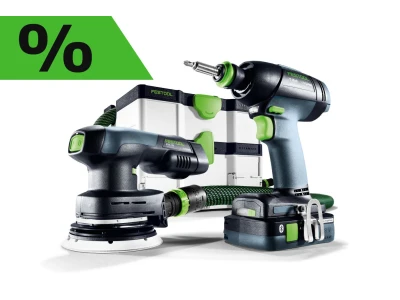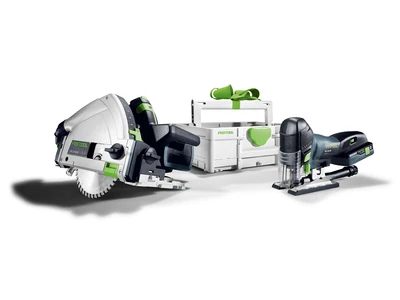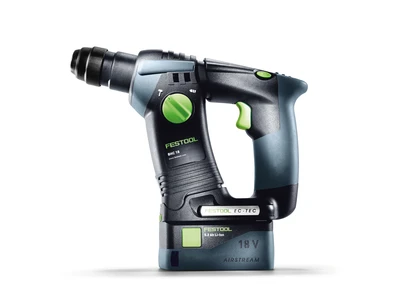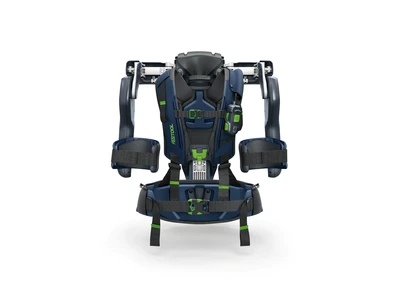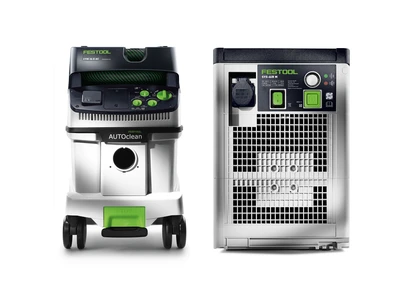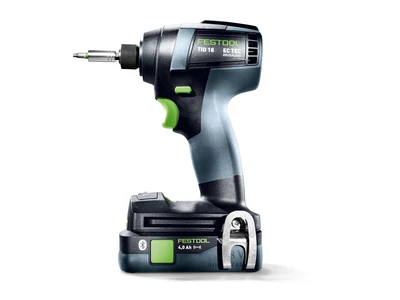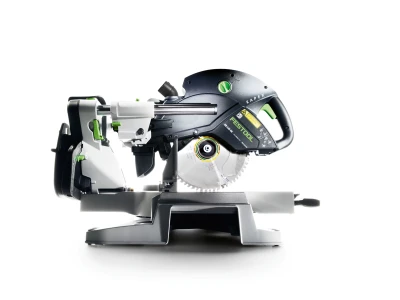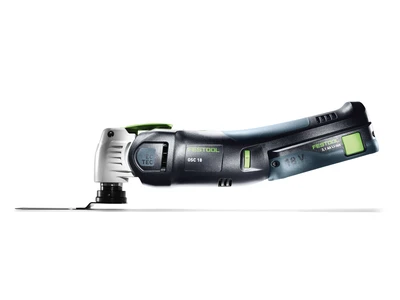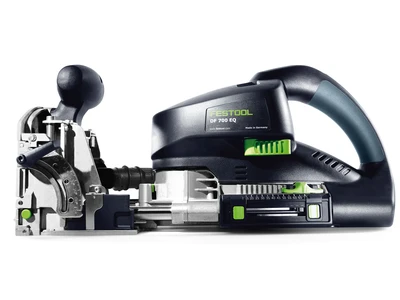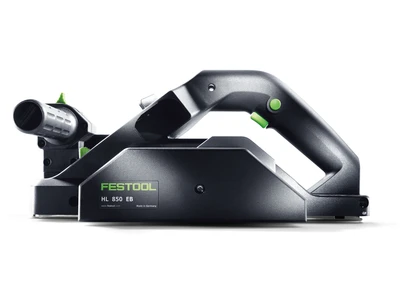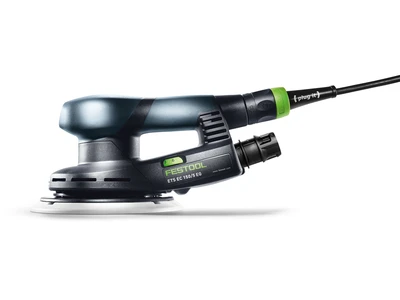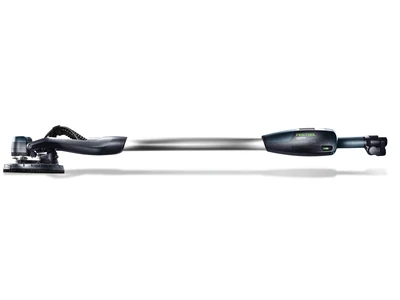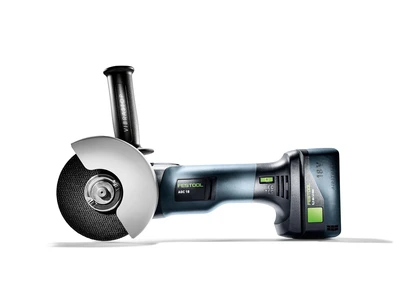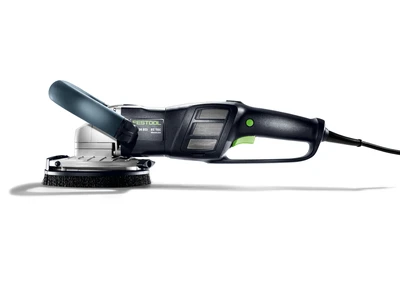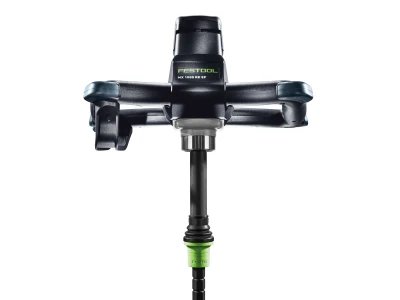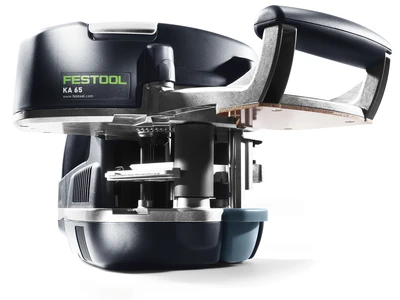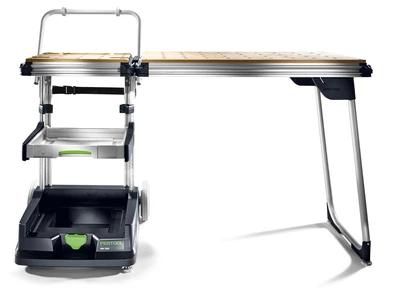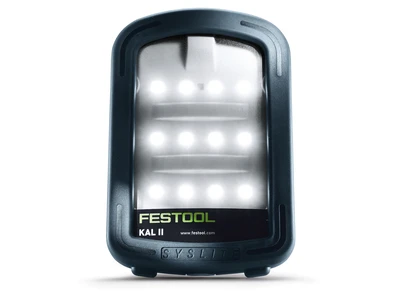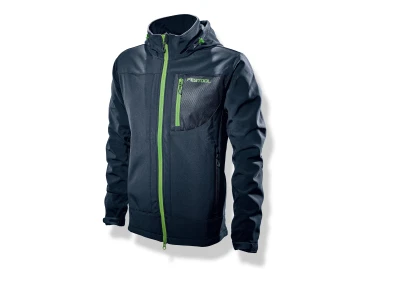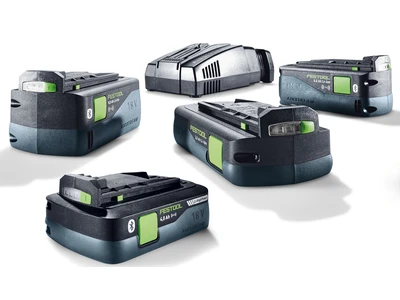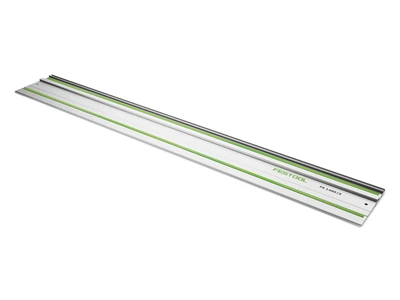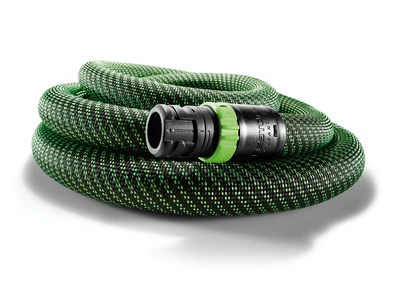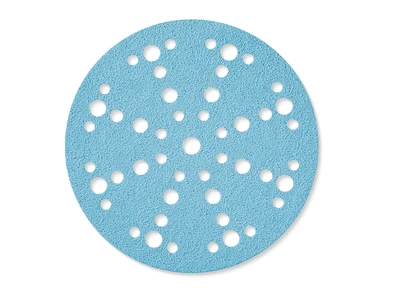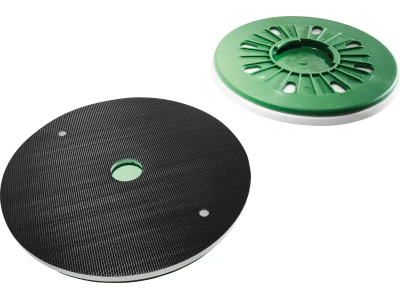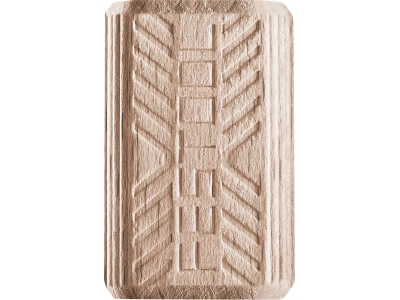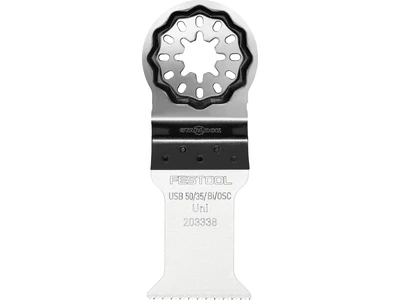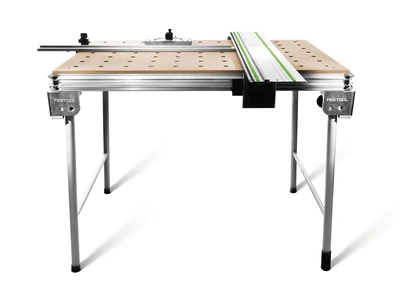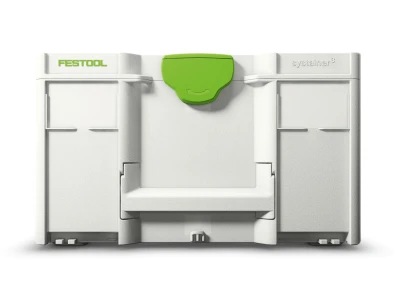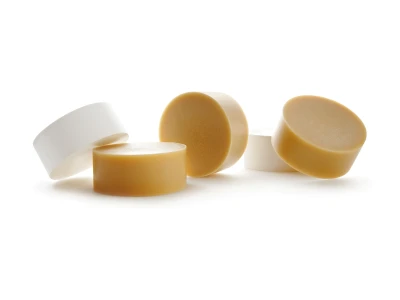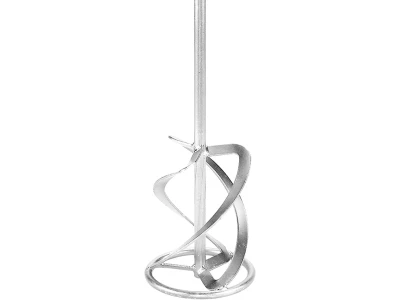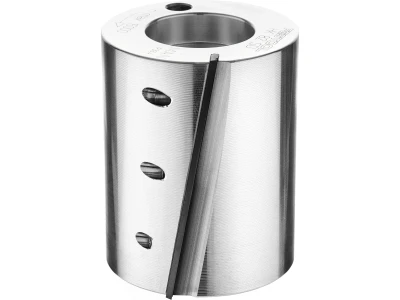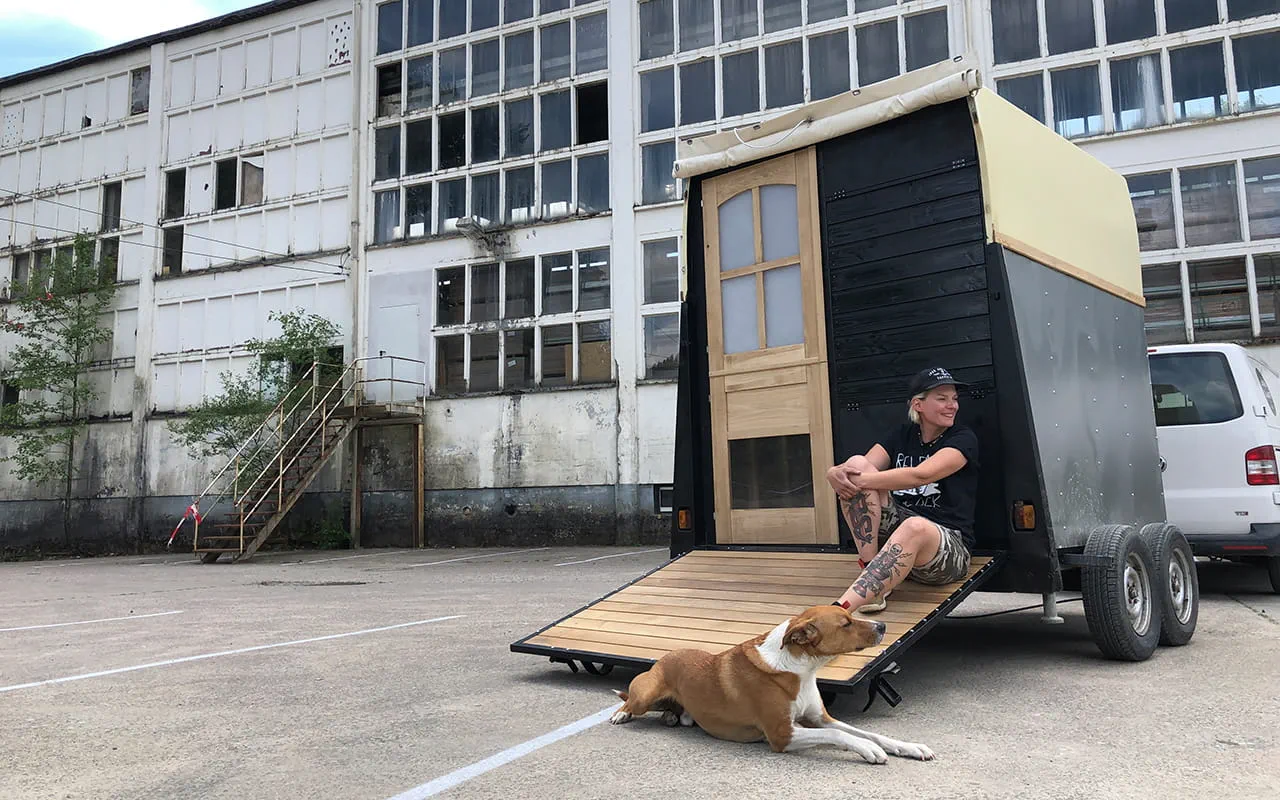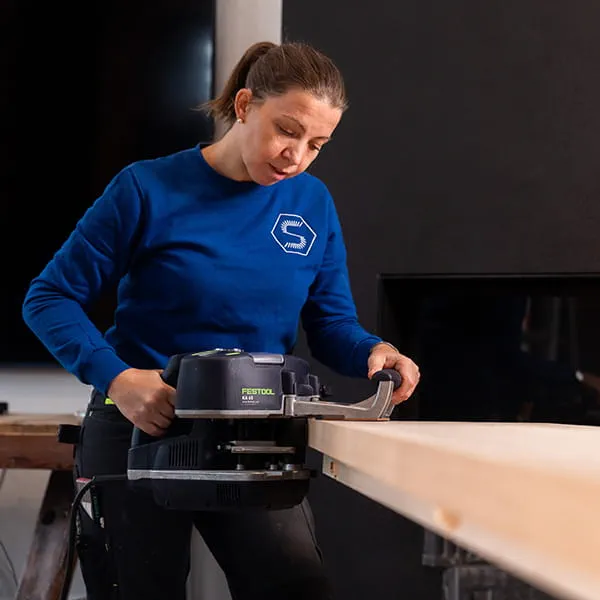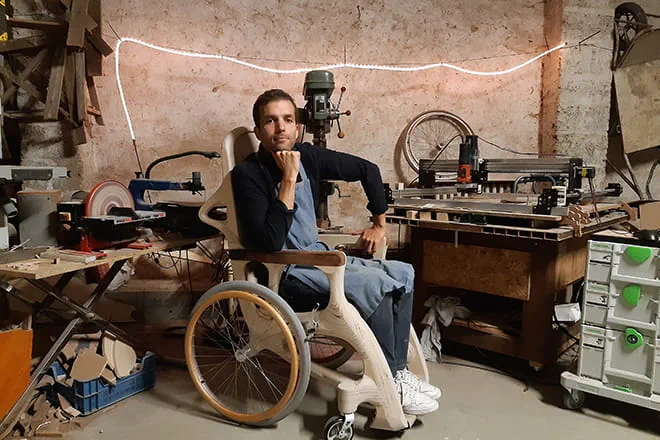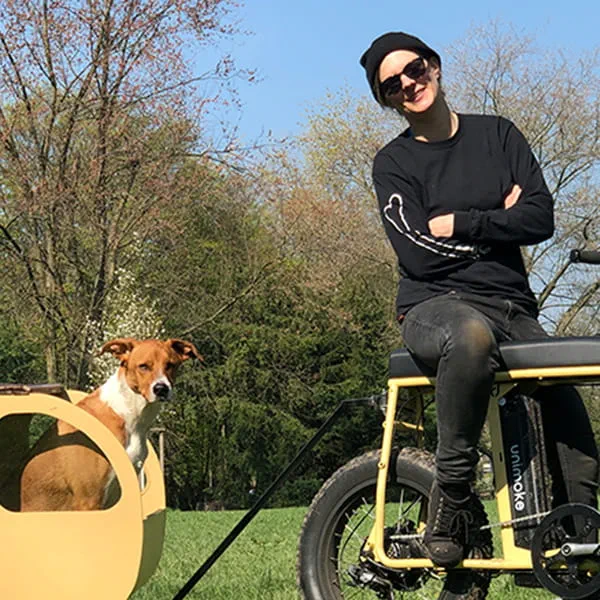
Exclusive interview with maker Laura Kampf
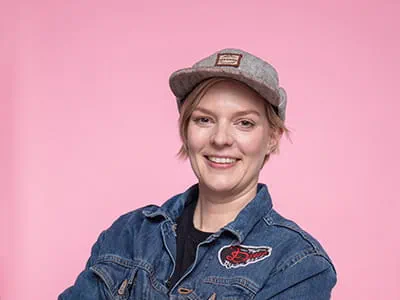
Laura, you belong to a new group in crafts, the so-called makers. What actually is a maker? And how does your work as a maker differ from traditional crafts?
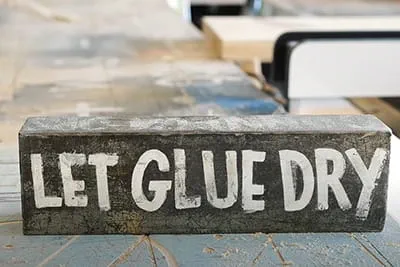
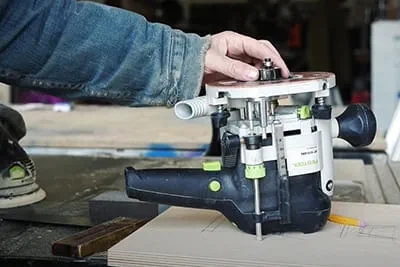
Speaking of materials – do you have a favourite material? You make bins out of gas cylinders or, just recently, a caravan out of a horse trailer ...
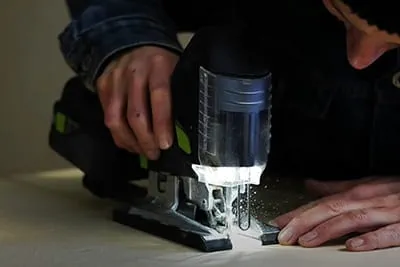
Did you train in crafts or how is it that you have such a wealth of knowledge?
And that's how you find new methods again…
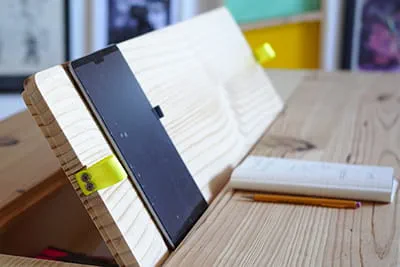
Does that mean you don't really miss vocational training and you build home office desks and all your projects using this skill set, for which your fans love you so much?
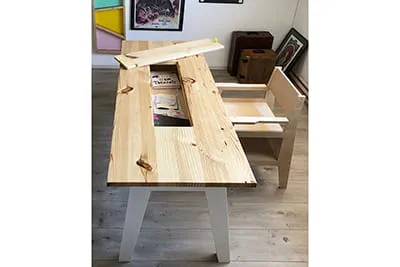
"Seeing someone who follows something through properly, enjoys their work and doesn't stop being creative and putting things into practice and making things – that's what inspires me most. Having a good idea is one thing, but putting something into practice is quite another."
Laura Kampf – maker
We adults might lose this as we get older and are often cautious instead of taking unnecessary risks and failing …
On the subject of the Shaper Origin: What is your favourite tool?
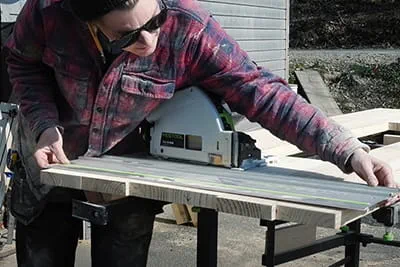
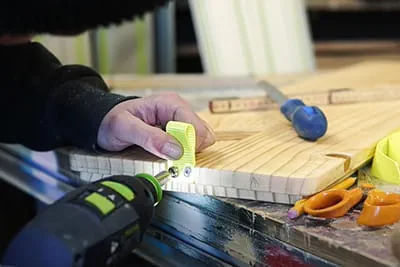
… and what was your first power tool?
Where do take your creative input from? How do you find new ideas? What is the source of your inspiration?
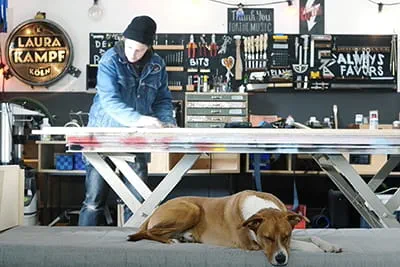
Do you have any idols? Or do other makers and designers inspire you?
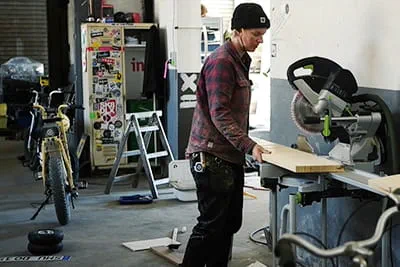

How long does it take you to get from an idea to putting it into practice?
What does a typical day look like for you? Does that even exist?
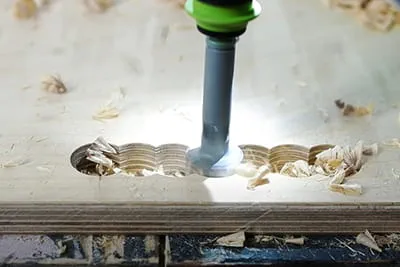
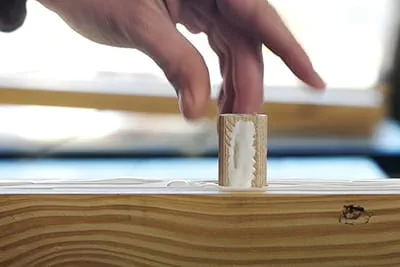
How important are high-quality tools for you?
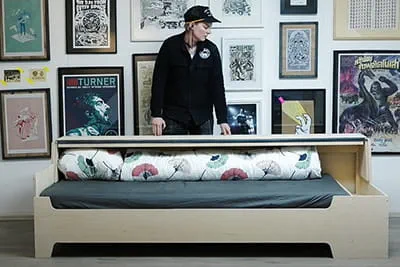
What was your best creation so far?
What do you focus on: The creative part or the finished product?
There's a saying: Form follows function – to what extent does that apply to you?
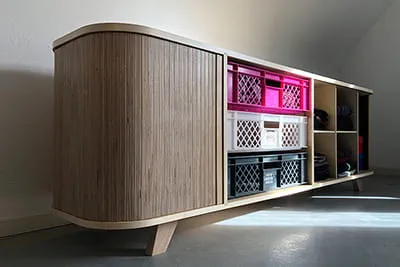
You talk about simplicity. What's more important to you: The degree of finish and quality of your furniture creations or putting an idea into practice or a specific function?
Many young people don't know exactly what they want to be when they finish school. What advice would you give them? Would you recommend training in crafts?
The most important thing is not to be scared of giving your own methods, your own way and your own aesthetics a try. It's also important to always keep an open mind for new ideas. One of the things that frustrated me so much in my first jobs was the answer to the question: "Why do we do it like that?" "Because we've always done it like that." That's one of the silliest answers ever. Because developing your own knowledge and going your own way is so important. Even if it later turns out that it wasn't quite the right way. That's not so bad. The journey is its own reward.
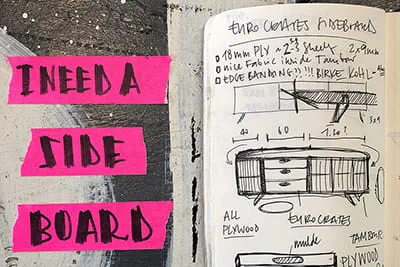
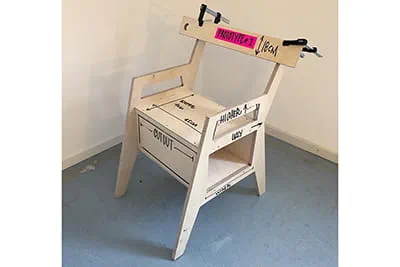

Your YouTube channel is very successful all over the world and not long ago you surpassed the 500,000 follower milestone. What gave you the idea to turn "Laura Kampf" into a brand?
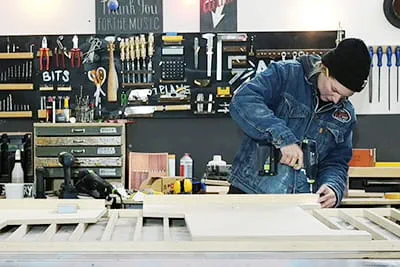
What has been your greatest investment as a maker?
Last question: Which project did your dog Smudo like best? Which project was he able to use best?
To answer both questions, the foldable sofa bed (laughs).


